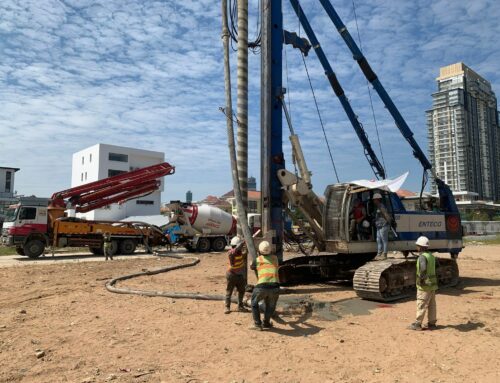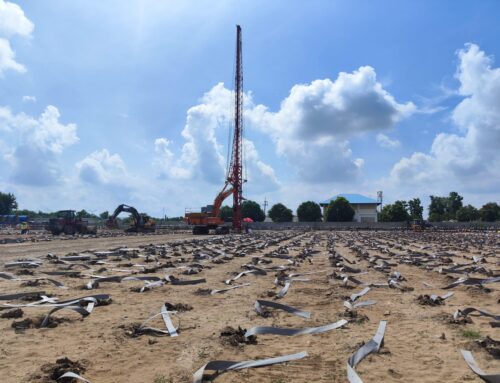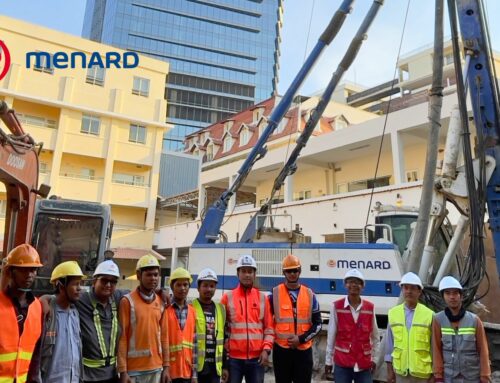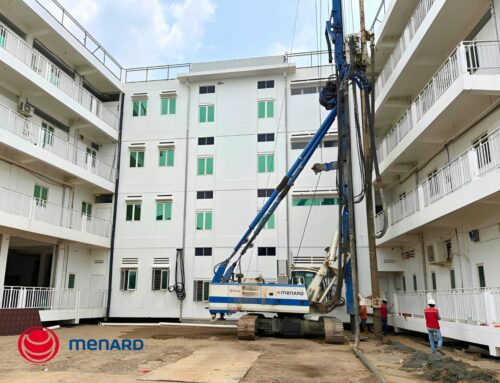Ensuring a stable foundation is crucial for the longevity and safety of infrastructure projects. At Kiantar Airport in Poto Tano, West Sumbawa Regency, Indonesia, advanced ground improvement techniques were employed to enhance the stability of the runway, taxiway, and apron.
Project Overview
Kiantar Airport, commissioned by PT PP (Persero) Tbk for PT Amman Mineral Nusa Tenggara, required substantial ground improvement to support its structural pavements. Menard Indonesia was tasked with employing Dynamic Compaction (DC) and Controlled Modulus Column (CMC) techniques to achieve this goal.
Soil Condition
The project site presented a variety of soil conditions. The southern runway area was characterized by sandy soil extending up to 8 meters deep, underlain by very dense sand up to 20 meters. Conversely, the northern runway area consisted of clayey soil at the surface, extending to a depth of 8 meters, followed by medium stiff clay. The taxiway and apron areas featured loose to medium sand.
Menard Solution
To address the soil challenges, Menard implemented Dynamic Compaction (DC) to densify the sandy soil at the southern runway, transforming it from a loose to a dense state to control liquefaction risks. In the northern runway area, Controlled Modulus Columns (CMC) rigid inclusions were used to manage excessive settlement and provide long-term stability. These techniques ensured that the taxiway and apron areas were also treated to mitigate settlement and liquefaction risks.
Indonesia 2023
Technique : Controlled Modulus Column (CMC) & Dynamic Compaction
Application : Ports and Airports
Owner : PT Amman Mineral Nusa Tenggara (AMNT)
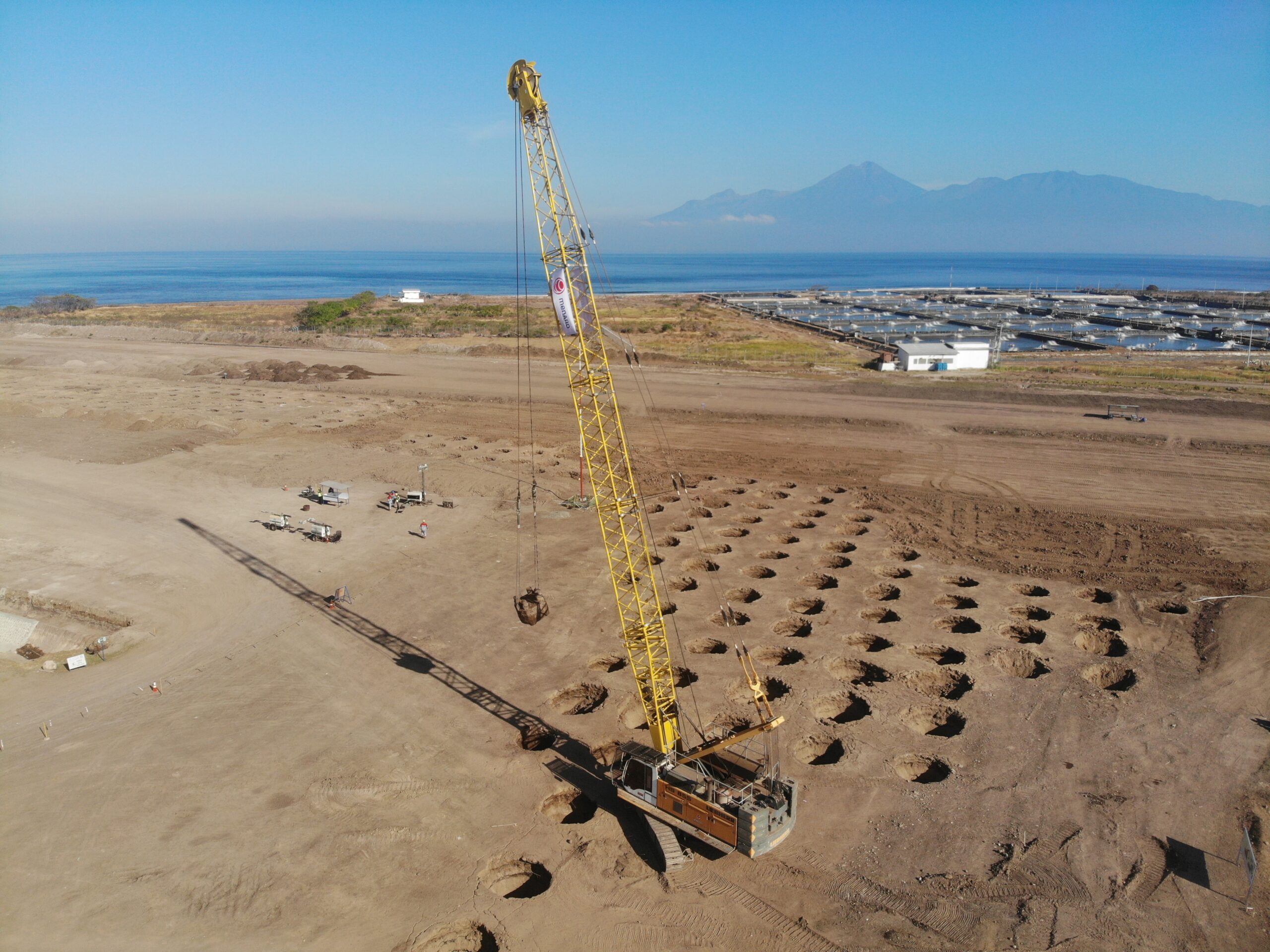
Contact one of our experts today!
[contact-form-7 id=”4444″ title=”References Forms”]

